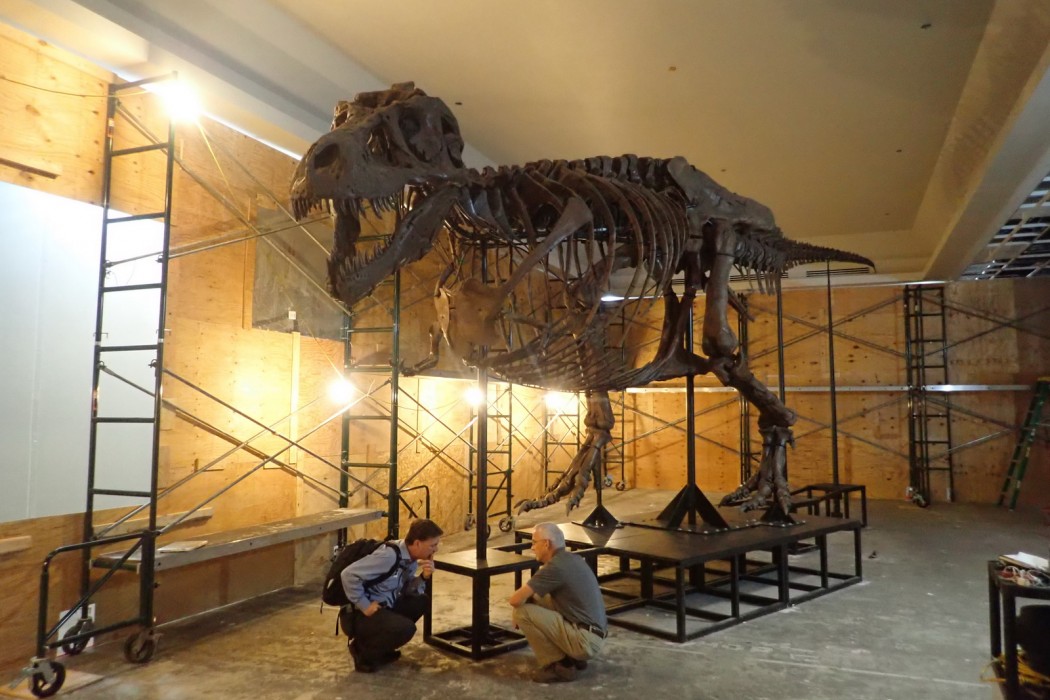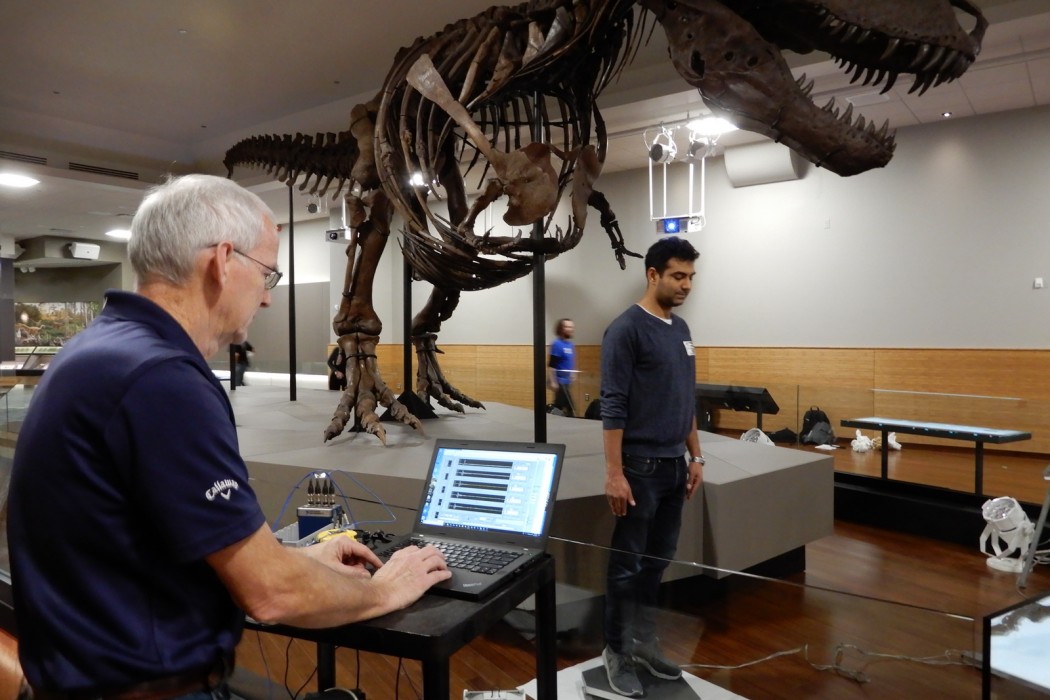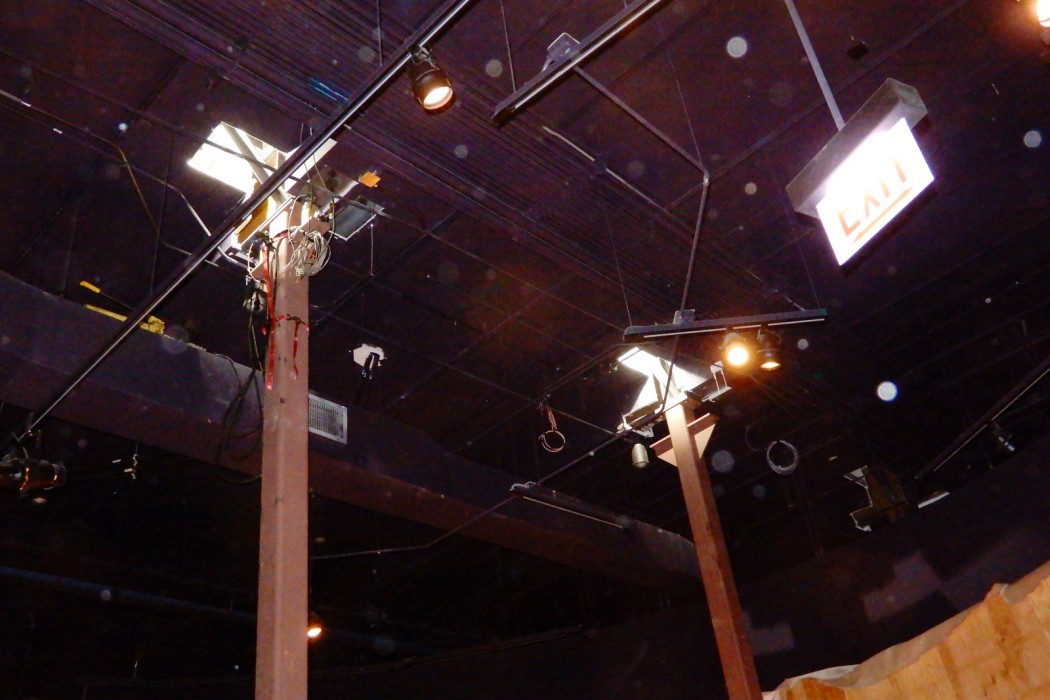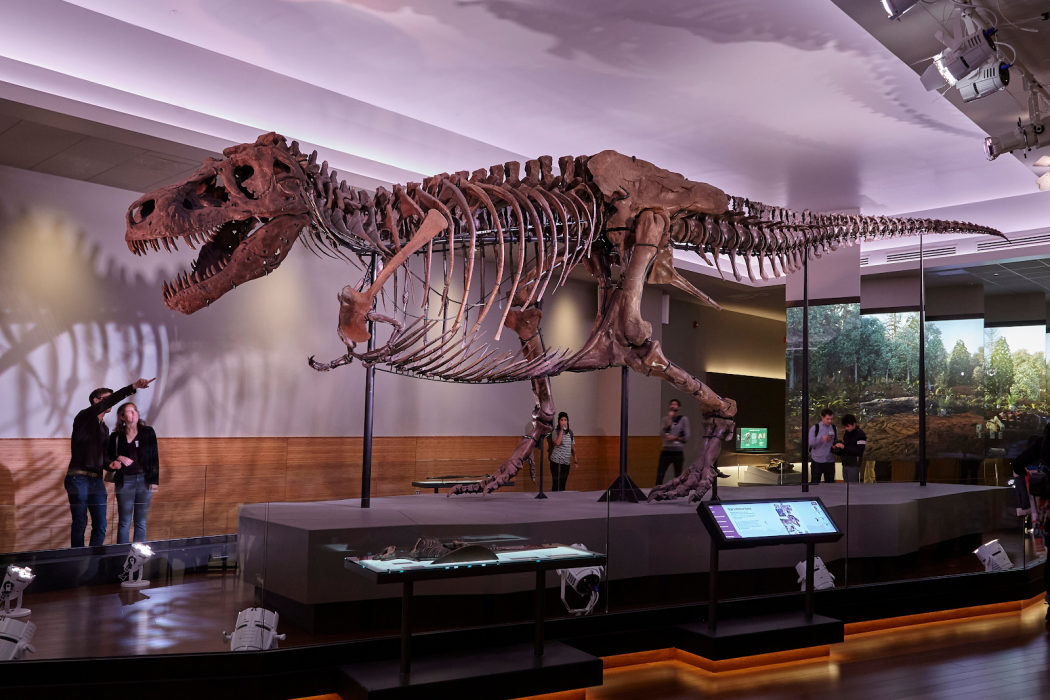WJE PROJECTS
The Field Museum
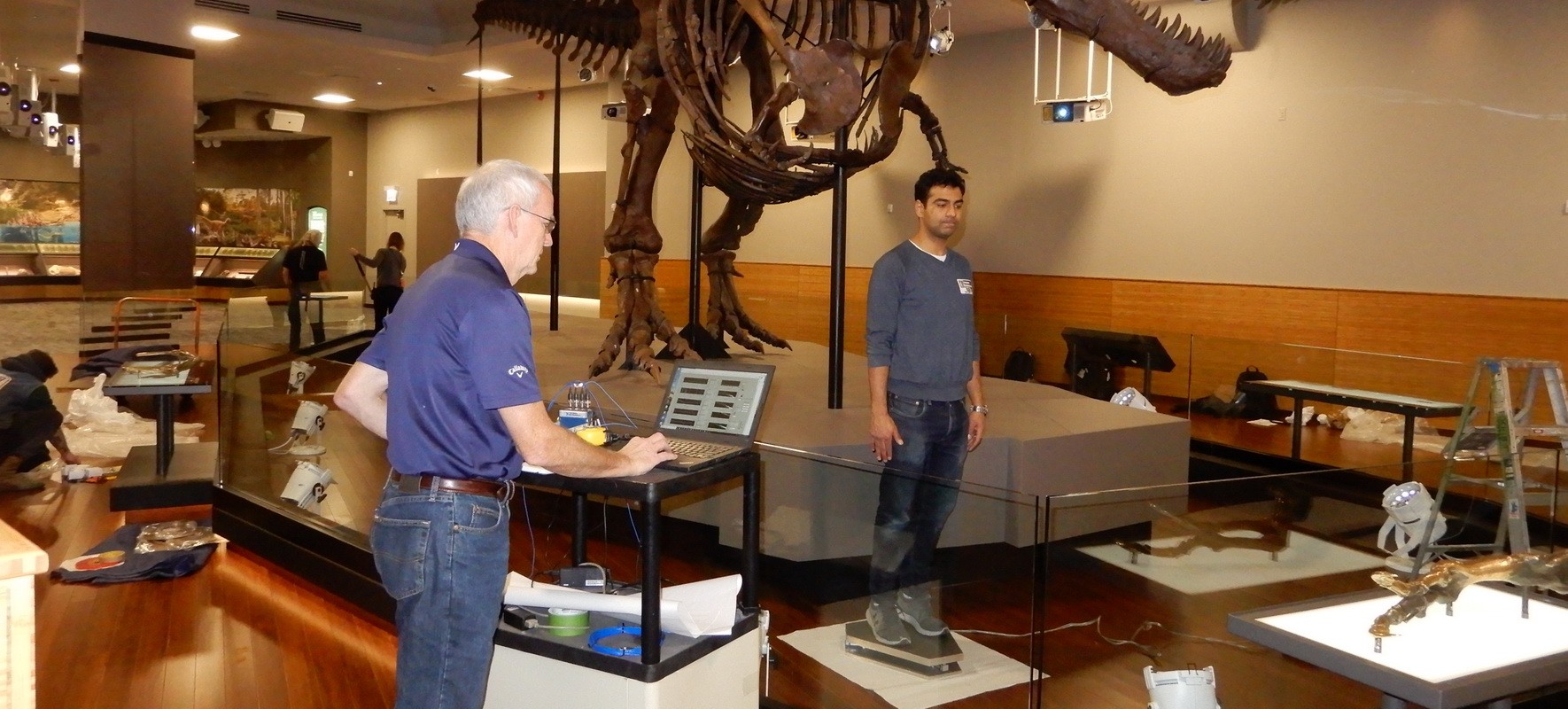

CLIENT |
The Field Museum |
LOCATION |
Chicago, IL |
Vibration Testing and Mitigation Design for SUE Gallery
The Field Museum retained WJE to assess the vibration response as well as investigate, design, and assist with the installation of vibration mitigation measures at the new gallery floor for SUE, the Field Museum’s Tyrannosaurus rex specimen. Three general approaches were considered to reduce the footfall-induced vibrations that transmit though the floor: modifying the entire floor structure in the vicinity of the armature base, adding supplemental damping to the system, and isolating the armature base from the top of the concrete floor surface.
BACKGROUND
SUE and the accompanying steel-framed base, supporting posts, and armature that supports the fossils were moved from Stanley Field Hall, where the exhibit was located for eighteen years, to a new location on the second floor of the museum. The new gallery is located in a portion of the museum building that was originally a full-height, open-air light well. In 2002, the light well was infilled with three levels of steel-framed, lightweight concrete slab floors spanning 39 feet. The floor structure at the new location was reviewed for the weight of SUE, but during assembly of the skeleton, Field Museum staff noted concerns with respect to floor vibrations and accompanying dynamic response of the fossils.
SOLUTION
WJE was engaged by the Field Museum to perform vibration testing at the previous and new exhibit locations, which confirmed the staff’s concerns. Subsequently, WJE investigated potential vibration mitigation measures, assisted the Field Museum in selecting a mitigation strategy intended to achieve a targeted vibration response reduction, and designed and helped install the selected mitigation retrofit.
WJE developed a finite element analytical model of the floor structure and tuned the model to match the field vibration measurements. Using the model, the relative benefit of various vibration mitigation solutions was studied. Of the mitigation options considered, the most effective—in order of anticipated benefit—were stiffening the floor structure by adding columns, stiffening the floor beams, and adding tuned mass dampers below SUE. Base isolation was found to be impractical due to the low frequency of vibration that needed to be isolated.
The Field Museum selected the supplemental column strategy, which was subsequently designed by WJE and installed by a contractor. During construction, WJE operated hydraulic rams and digital instrumentation to preload the columns, which ensured tightness of the system and precompression of the existing soils below the new spread footings. Vibration testing by WJE after the retrofit and before opening the gallery to the public showed a dramatic reduction in floor vibrations.
RELATED INFORMATION
-
 Arne P. Johnson, PrincipalWJE Northbrook MORE >People | Arne P. Johnson, Principal
Arne P. Johnson, PrincipalWJE Northbrook MORE >People | Arne P. Johnson, Principal -
 W. Robert Hannen, Associate PrincipalWJE Northbrook MORE >People | W. Robert Hannen, Associate Principal
W. Robert Hannen, Associate PrincipalWJE Northbrook MORE >People | W. Robert Hannen, Associate Principal -
 Mohamed ElBatanouny, Associate Principal and Unit ManagerWJE Northbrook MORE >People | Mohamed ElBatanouny, Associate Principal and Unit Manager
Mohamed ElBatanouny, Associate Principal and Unit ManagerWJE Northbrook MORE >People | Mohamed ElBatanouny, Associate Principal and Unit Manager -
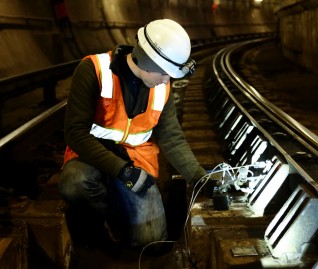 We engage a full suite of state-of-the-art instrumentation and monitoring capabilities to test... MORE >Services | Instrumentation and Monitoring
We engage a full suite of state-of-the-art instrumentation and monitoring capabilities to test... MORE >Services | Instrumentation and Monitoring -
 We have pioneered the use of nondestructive evaluation methods—such as ground penetrating... MORE >Services | Nondestructive Evaluation
We have pioneered the use of nondestructive evaluation methods—such as ground penetrating... MORE >Services | Nondestructive Evaluation -
 Scientific methodology for vibration control at museums MORE >Webinars | Vibration Control During Museum Construction Projects
Scientific methodology for vibration control at museums MORE >Webinars | Vibration Control During Museum Construction Projects -
 Effective advance planning offsets possible effects of construction vibrations. MORE >Articles | Targeted Vibration Control During Internal Construction - The Neue Galerie New York
Effective advance planning offsets possible effects of construction vibrations. MORE >Articles | Targeted Vibration Control During Internal Construction - The Neue Galerie New York -
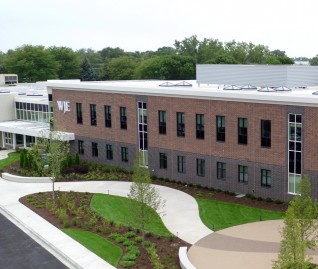 Learn about our Northbrook office MORE >Offices | Northbrook
Learn about our Northbrook office MORE >Offices | Northbrook



































